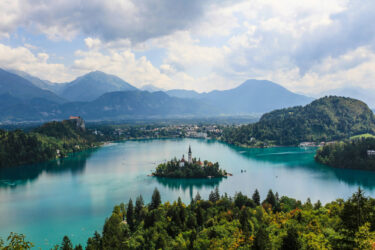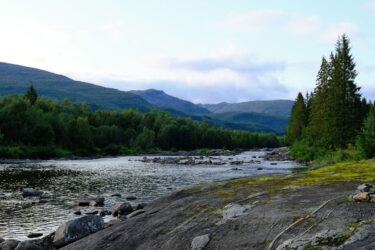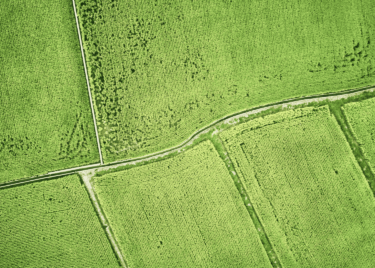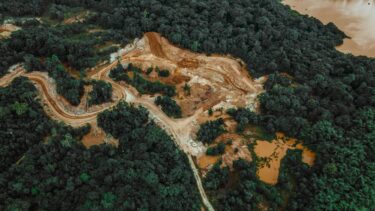
Contents
- Scenario 1: Most Optimistic
- Scenario 2: Next Best
- Scenario 3: Middle of the Road
- Scenario 4: Dangerous
- Scenario 5: Avoid at All Costs
- Conclusion
Share this article
The IPCC’s Sixth Assessment Report, released on August 9, 2021, presents five potential future scenarios for the physical science of climate change. These scenarios are based on complex IPCC modeling, which considers the rate at which humans reduce greenhouse gas emissions. However, the IPCC’s models also incorporate socioeconomic factors such as population growth, urbanization, education, land use, and wealth distribution. For instance, the IPCC projects that population increases can lead to higher fossil fuel and water demands, while education can accelerate technological advancements. Deforestation for agriculture also contributes to rising emissions, according to IPCC findings. Each scenario is categorized by its emissions level and corresponding Shared Socioeconomic Pathway (SSP).
Scenario 1: Most Optimistic (1.5°C by 2050) – SSP1-1.9
This scenario depicts a world achieving net-zero global CO2 emissions around 2050. Society transitions to sustainable practices, prioritizing well-being over economic growth. Investments in education and health rise, while inequality decreases. Although extreme weather events become more frequent, the worst impacts of climate change are averted. This is the only scenario aligning with the Paris Agreement’s 1.5°C warming limit, with temperatures peaking at 1.5°C before declining to 1.4°C by century’s end.
Scenario 2: Next Best (1.8°C by 2100) – SSP1-2.6
In this scenario, global CO2 emissions are significantly reduced but at a slower pace, reaching net-zero after 2050. Socioeconomic shifts toward sustainability resemble those in Scenario 1, but temperatures stabilize at 1.8°C by century’s end.
Scenario 3: Middle of the Road (2.7°C by 2100) – SSP2-4.5
This “middle-of-the-road” scenario features CO2 emissions hovering near current levels before declining mid-century without reaching net-zero by 2100. Socioeconomic factors follow historical trends with gradual progress towards sustainability and uneven development. Temperatures rise by 2.7°C by century’s end.
Scenario 4: Dangerous (3.6°C by 2100) – SSP3-7.0
Emissions and temperatures increase steadily in this scenario, with CO2 emissions doubling from current levels by 2100. Countries prioritize national security and food supplies, fostering competition. Average temperatures rise by 3.6°C by century’s end.
Scenario 5: Avoid at All Costs (4.4°C by 2100) – SSP5-8.5
This worst-case scenario, as outlined by the IPCC, involves a doubling of current CO2 emissions by 2050. Rapid economic growth is fueled by fossil fuels and energy-intensive lifestyles. The IPCC projects average global temperature to soar by 4.4°C by 2100.
Conclusion
While the IPCC cannot predict the most likely scenario, as this depends on factors such as government policies, the report clearly outlines the potential consequences of different pathways. The IPCC’s findings indicate that all scenarios involve continued warming for decades, rising sea levels for centuries to millennia, and Arctic ice-free summers within 30 years. The rate of sea-level rise and the severity of weather events will vary based on the chosen path. Accelerating CO2 reduction is crucial, as emphasized by the IPCC, to mitigate the worst impacts of climate change.
Would you like to learn more? Contact our climate experts.
Source:
We are the world’s leading purpose driven, digitally enabled, science-based activator. And always welcome inquiries and partnerships to drive positive change together.



